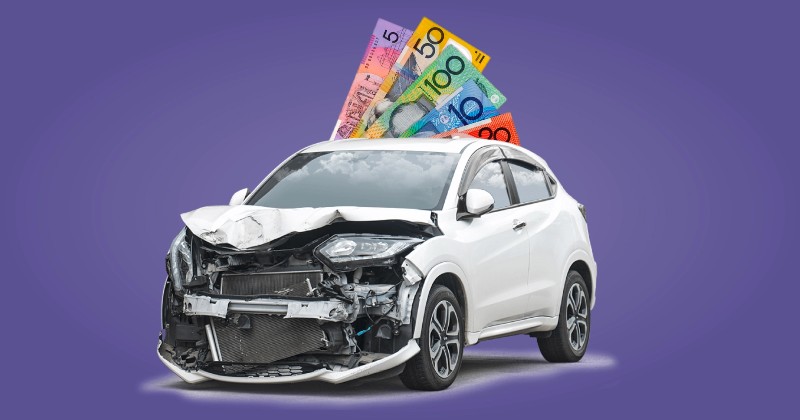
The main purposes of the legislation are the reduction of environmental impacts in the disposal of vehicles and the regulation of the sale and reuse of automotive parts. According to the law, all car-dismantling companies need to be recognized by the Government, so that they can sell reused parts to the final consumer. Thus, the origin of reusable materials can be verified and regulated, ensuring quality and safety.
The process: systematic car recycling
The process of Car recycling takes about three hours. It is divided into seven steps, from a thorough analysis of vehicle documentation to the responsible disposal of unusable waste.
- Analysis of vehicle documentation
- Download of vehicle documentation from the Government authority. The car is no longer an automobile and becomes a set of components to be reused and recycled
- Vehicle decontamination, oils, gases and other fluids are safely removed and sent to specialized recycling companies
- Vehicle disassembly, evaluation and categorization of parts must be done according to reuse conditions (parts ready for reuse, parts with light damage that will be sold for less, and parts that cannot be reused)
- The pieces to be sold receive a digital code that guarantees their origin and traceability. Each piece gets a new invoice
- Separation and storage of parts according to their destination
- The pieces that can be sold have a quality certificate
The benefits of car recycling
For now, only 12.7% of the Australian undergoes this process. In countries where car recycling has been going on for a longer time, the scenario is completely different. On the other hand, in Europe, 85% of vehicles that travel across the continent have recycling as their final destination.
Did you know that 85% of a car’s parts could be reused for replacement? In addition, that 10% of an entire vehicle can be recycled (plastics, glass, oils, tires and metals). This means that approximately only 5% of a car is actually scrapped.
Given this fact, the scenario of car recycling in Australia is promising. Imagine how much material could have been recovered and how much we could have saved our environment from this waste. In addition to ensuring a much more sustainable life cycle for the automotive market, car recycling brings economic benefits to the country and to the end consumer who engages in the cause.
The insurance market, for example, recently approved a cheaper policy that allows the use of parts from scrapping companies registered with the authentic entity, in accordance with the legislation. It is therefore necessary to invest in this innovative market for Australia to advance in terms of sustainability and economics.
In the end
For a long time, junkyards and landfills were the only solutions in Brazil. The problem is that the latter contaminate the soil, become another cause of environmental pollution and still cost the government billions of AU$ a year. Junkyards, on the other hand, present a problem related to the illegality of selling used parts. The simplest and fastest way to do this is to find a local company dedicated to car dismantling and recycling.




